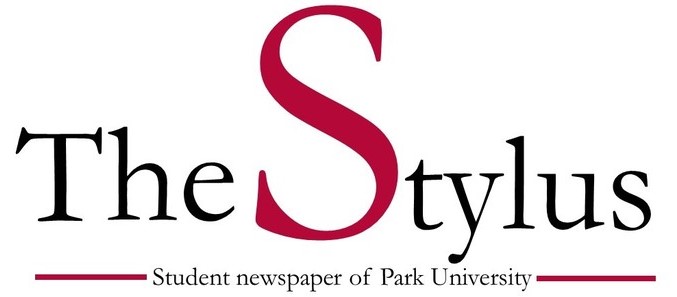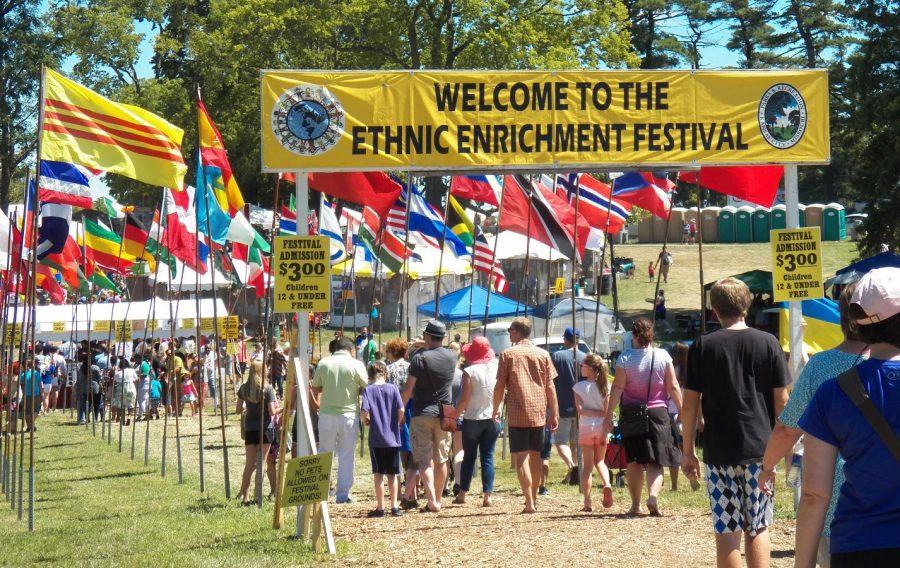Well it’s that time of year again as Sporting Kansas City’s season is winding down and the Kansas City Comets’ season jumps into full swing.
The Comets opened their season a couple of weeks ago with a sold out crowd. While the Comets have had great attendance since they returned in 2010, professional indoor soccer attendance trends have seen a slight fluctuation throughout the last couple of decades.
The late 1970s through the mid 1980s were the hay days of indoor soccer. The number of teams increased, fans were coming out to the games and the sport was being marketed and broadcasted. Even during the first incarnation of the KC Comets, they outdrew the NBA Kansas City Kings in attendance at Kemper Arena and they finished second in average attendance.
Around 1988 is when the sport began to slowly decline due to labor negotiations, rising costs and cutting the number of games in the season. Eventually, the first Major Indoor Soccer League folded and the surviving teams went off into new leagues. In the 1990s, there were two professional indoor soccer leagues, one was played during the fall named the National Professional Soccer League, while the other one was played during the summer, the Continental Indoor Soccer League, later renamed the World Indoor Soccer League. Once again, both leagues went through the same episode. They started off low, they rose and then declined.
In 2001, both leagues disbanded and reformed under the second incarnation of the MISL including a merger with the World Indoor Soccer League. Once again, the same thing happened in attendance but also another factor came into the mix with adding and subtracting teams.
In this incarnation after the league announced a new team coming in the following season, they ended up losing one or even two existing teams on occasion. The second MISL made other attempts to keep the attendance up whether it’s moving to smaller arenas, changing the playoff format and occasionally getting some games on Versus, ESPN2 and Fox Soccer. Disaster struck again as the league broke apart in 2008 and the surviving teams went their separate ways in restructured leagues.
The third time around had three leagues, the third incarnation of the MISL, Xtreme Soccer League (XSL) and Professional Arena Soccer League (PASL). The MISL and XSL were on the same level while the PASL was lower than the other two. The XSL only lasted one season while the MISL and PASL are still going. Despite the several incarnations in the present and past, all of the leagues keep their history as a whole rather than individual histories.
Now is the time for the big question. Is professional indoor soccer a dying art? The answer is yes and no. Yes, because it probably won’t get to its peak of popularity like it did in the 1980s and these days there’s a lot of competition with the other sports teams pulling money out of ticket sales.
No, because there’s still a market and interest in the sport, which is why one league goes kaput, another one starts up. Also there’s been history in a few markets that have hosted or currently hosting franchises like Baltimore, Milwaukee, San Diego, Dallas, St Louis and Kansas City.
Other markets have an inconsistent history where they’ll have a team for a few seasons then it folds and then they have another one a few years later like Detroit and Chicago. Some of the markets that have been known for their longevity even had an inconsistent moment in their history, Kansas City being one of them. Kansas City had 24 years of indoor soccer at Kemper Arena with the Attack and the first two incarnations of the Comets, indoor soccer at Kemper ended in 2005 when the second Comets team folded. It wasn’t until 2010 when the current Comets team began play in the Independence Events Center and has maintained a great fan base and attendance since then.
In the end, keeping a professional indoor soccer team afloat is more about extremely specific marketing and the history within that market which is why a piece of history will always be within the Kansas City area.




